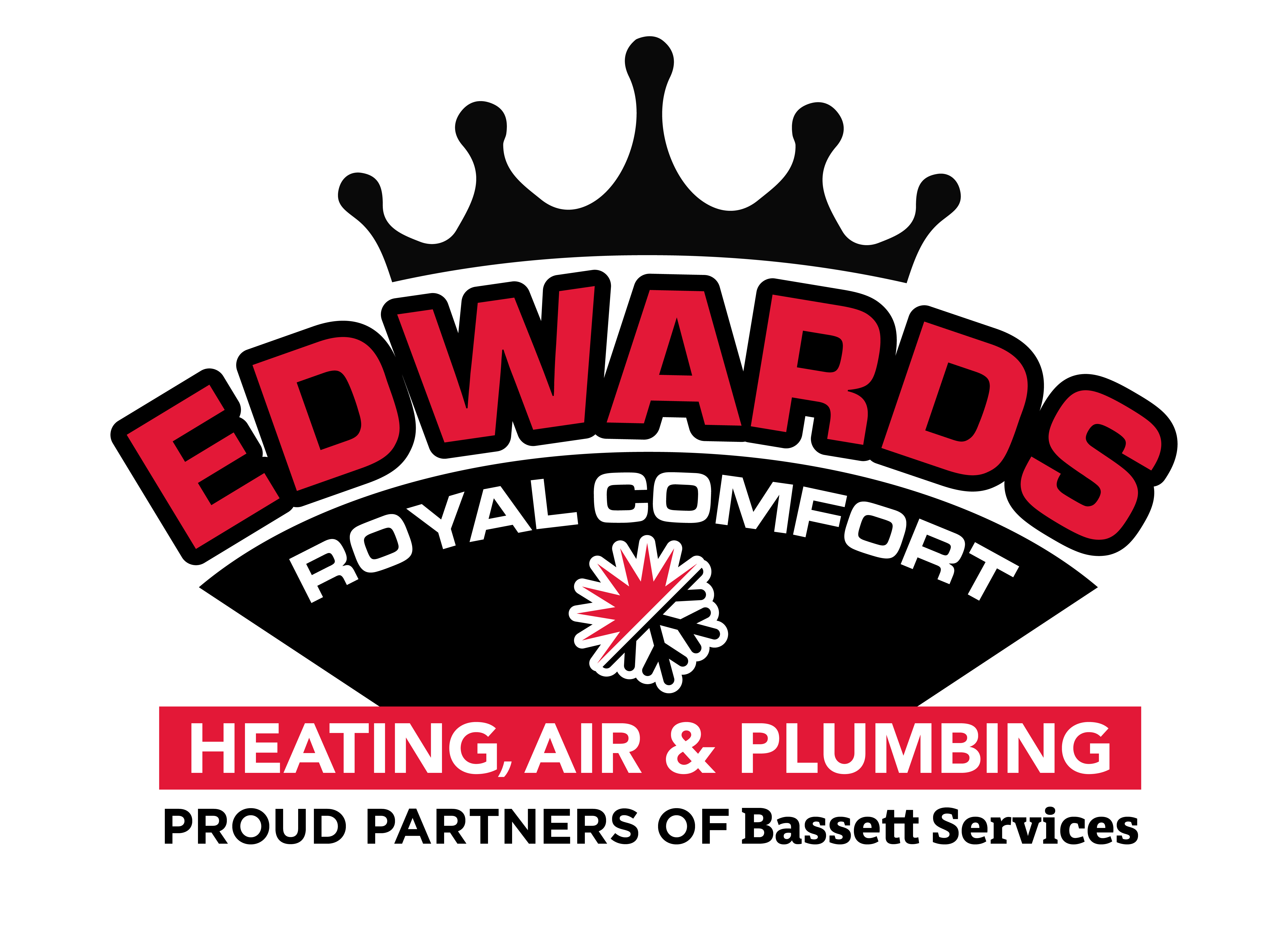Indiana homeowners have several choices when it comes to heating and cooling systems for their residences. While conventional furnaces and air conditioners have long been a popular choice, more and more people are becoming curious about ductless systems. Today, Edwards Royal Comfort explains how ductless mini split systems work so you will have a better understanding of this great HVAC system option.
Parts of a Ductless Mini Split System
Before we discuss how ductless mini split systems work, we’ll first share with you the components used to create a ductless system in a home. Ductless systems are a type of split system, meaning they have indoor and outdoor equipment – just like a conventional air conditioning system or heat pump. Outside, an air conditioner or heat pump unit is installed, depending on the chosen system type. Inside, air handler equipment is installed. The indoor and outdoor units are connected through a line set, which is piping that carries refrigerant back and forth between the units for heat transfer.
How Do Ductless Mini Split Systems Work?
While ductless systems and typical air conditioners or heat pumps are all split systems, they are different in some key ways. The conventional air conditioner or heat pump you’re likely used to is a centralized system, meaning it has one outdoor unit and one indoor unit. That indoor unit is responsible for distributing conditioned air throughout the entire living area.
Ductless mini split systems work differently from those conventional options because they are not a central system, and it is not limited to only one indoor air handling unit. Instead of centralized air distribution, ductless mini splits deliver conditioned air direct from the air handler into the area it is installed within. Multiple indoor units can be installed throughout a home to provide heating and cooling throughout a home, or in just one or a few areas depending on the needs of the homeowner.
Ductless air conditioners and heaters don’t use ductwork like other forced air HVAC equipment. With an air handler installed in each area in need of heating or cooling, the unit simply conditions the air and sends it straight into the space. There’s no need for heated or cooled air to travel from one central piece of equipment through a duct network before reaching its final destination.
Benefits of Ductless Mini Split HVAC Systems
Because of their unique setup, ductless mini split systems offer several advantages you just won’t get from a conventional air conditioner, furnace, or heat pump setup.
- Ductless mini splits are highly efficient. The elimination of duct leaks improves system efficiency about 20 to 30 percent over the average home with a conventional central air conditioning or heating system.
- Ductless systems offer zoned heating and cooling. Each air handler and zone can be set to meet the unique environmental demands of that space and that space only. Not only does this mean everyone can enjoy their preferred temperature in their own space, but this also improves system efficiency as significant energy waste is eliminated.
- Ductless air conditioning and heating systems involve various configurations, making these systems highly flexible. Choose one or multiple zones, use the system to add heating and cooling in one part of the house or use it as a whole home solution. They can even work in conjunction with central forced air systems, offering climate control in a new addition where it isn’t possible to extend the current system’s service or add supplemental temperature control for problem spots in the home. Because no ducts are needed, they’re a great choice in homes that don’t already have ductwork.
Ductless System Installation in Indiana
Now that you understand how ductless mini split systems work, you may be interested in learning more about the specific benefits they can offer in your situation. Contact Edwards Royal Comfort today to schedule a consultation and learn more about ductless HVAC systems as well as receive a quote for installation costs.



